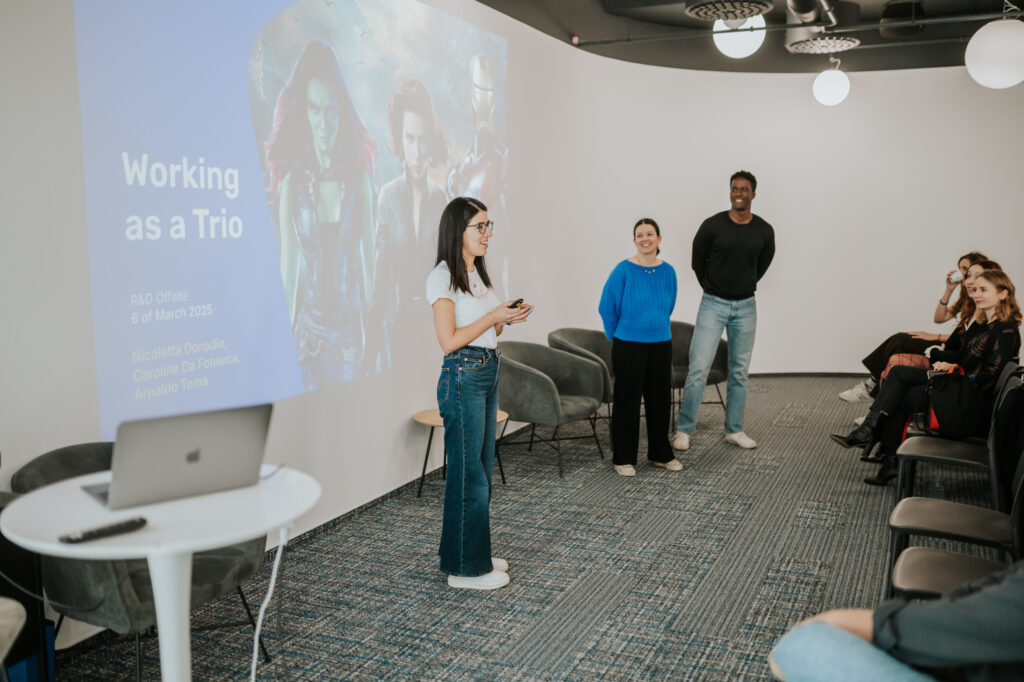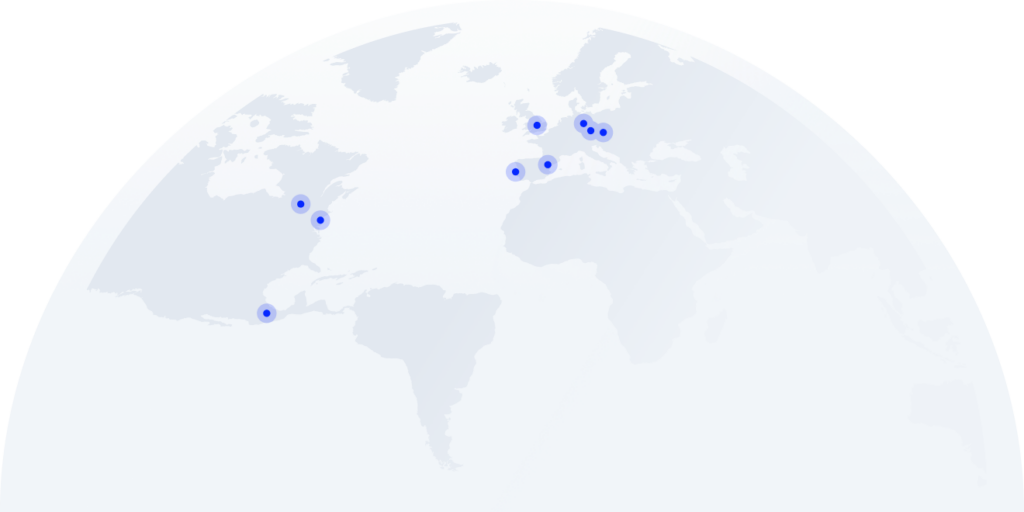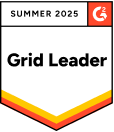
How CloudTalk Builds Better Products, Faster—Together
Great products don’t come from lone geniuses—they come from high-functioning, cross-disciplinary teams. At CloudTalk, we’ve embraced what we call the Trio Model—an approach to product development that puts engineers, designers, and product managers in sync from day one.
If you’ve ever worked in a company where engineers are handed requirements with no context, or where design decisions come too late, you know how painful traditional workflows can be. The Trio Model flips that on its head. It’s not just process—it’s mindset, culture, and execution rolled into one.
The Problem with Traditional Teams
Traditional product development tends to look like this:
- Product comes up with requirements.
- Design works in isolation to create mockups.
- Engineers get the “final” version and start coding.
What goes wrong? Plenty:
- Misalignment on priorities and goals
- Missed technical constraints
- Late-stage design changes due to feasibility issues
- Inefficient handoffs and communication breakdowns
And the worst part? The user experience suffers.
The Trio Way of Working
In the Trio Model, product managers, designers, and engineers collaborate from the very beginning. That means shared ownership of:
- Problem framing
- Ideation
- Scoping
- Prioritization
- Execution and iteration
The Trio in Action:
Discovery & Ideation
- PM identifies the business problem and opportunity.
- Designer explores user needs and experiences.
- Engineer assesses technical feasibility and constraints.
Definition & Planning
- Scope is refined collaboratively.
- Risks are surfaced early.
- MVPs and milestones are defined together.
Design & Development
- Design and code evolve in parallel.
- Feedback is continuous, not sequential.
- Tech challenges influence UX—and vice versa.
Release & Rollout
- Trio owns the go-to-market strategy.
- All parties are aligned on launch risks and monitoring.
Iteration & Learning
- PM tracks adoption and business metrics.
- Designer analyzes usability.
- Engineer monitors performance and scalability.
Why It Works
🚀 Speed
- No more waiting on handoffs.
- Teams unblock themselves faster.
💡 Better Decisions
- Diverse perspectives = smarter solutions.
🙌 Team Morale
- Everyone feels heard, valued, and responsible.
🔁 Fewer Iterations
- Problems are spotted before code is written.
Tips to Make the Trio Model Work
- Set Clear Context: What problem are we solving? Why now?
- Over-Communicate: Assumptions kill momentum.
- Stay Curious: Ask “why?” often and openly.
- Keep it Ego-Free: Ideas win, not titles.
- Be Available: Async is fine—until it isn’t. Talk.
The Trio Model isn’t just a process—it’s a commitment to building better products with more empathy, speed, and resilience. At CloudTalk, it’s how we work every day.











